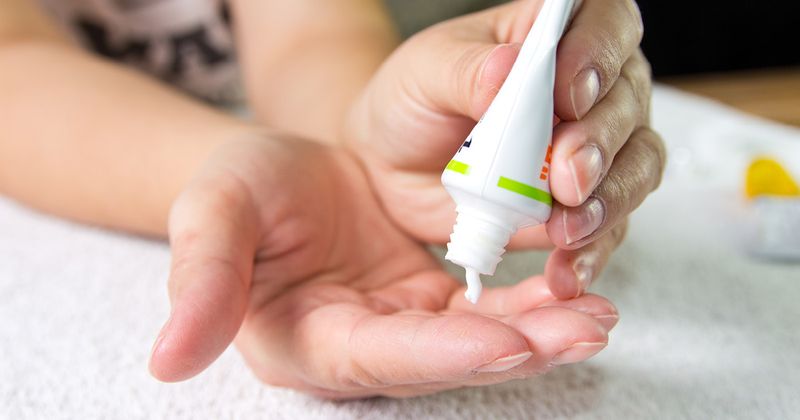Lovastatin 2% cream alone improves disseminated superficial actinic porokeratosis
Key takeaways:
- Disseminated superficial actinic porokeratosis outcomes did not differ when treated with lovastatin cream alone or lovastatin with cholesterol.
- Lovastatin alone may be a primary treatment for this condition.
Combination topical lovastatin 2% plus cholesterol 2% cream did not yield significant benefit over topical lovastatin 2% cream alone in the treatment of disseminated superficial actinic porokeratosis, according to a study.
“Disseminated superficial actinic porokeratosis (DSAP) is a porokeratosis variant appearing clinically as multiple pink or brown erythematous macules or plaques in photo-exposed areas,” Gabriella Santa Lucia, MD, MSCR, of the department of dermatology and dermatologic surgery at the Medical University of South Carolina, and colleagues wrote.

“The DSAP lesions are typically benign; however, malignant transformation is not uncommon and may occur at a higher rate than in the general population and other familial porokeratoses,” the researchers continued.
In this phase 1 study, Santa Lucia and colleagues compared the safety and efficacy of topical lovastatin 2% plus cholesterol 2% cream (lovastatin-cholesterol) with topical lovastatin 2% cream (lovastatin) alone in adults with DSAP.
From Aug. 3, 2020, to Apr. 28, 2021, participants were randomly assigned to once- or twice-daily application of lovastatin-cholesterol cream (n = 17; mean age, 59.2 years; 76.5% women) or lovastatin cream (n = 14; mean age, 53.7 years; 92.9% women) to affected areas for 12 weeks.
The primary end point was the percentage of lesion clearance after 12 weeks of therapy as measured by the 4-point DSAP General Assessment Severity Index, with 0 indicating clear and 4 indicating severe.
By week 12, results showed that both formulations were equally effective. Disease severity in the lovastatin-cholesterol group decreased by 50%, from 3.08 (95% CI, 2.57-3.6) to 1.54 (95% CI, 1.04-2.05), compared with a decrease of 51.4%, from 2.92 (95% CI, 2.4-3.43) to 1.5 (95% CI, 0.99-2.01), in the lovastatin group.
Outcome was also not impacted by application frequency, with those applying cream twice a day experiencing a change in score of 1.54 (95% CI, 0.9-2.19) vs. those applying cream once a day seeing a change in score of 1.42 (95% CI, 0.77-2.06).
At the end of the study, 93.3% of the lovastatin-cholesterol group and 92.3% of the lovastatin group reported improved overall appearance.
Fewer than 10 adverse events were considered as possibly related to the study drug; however, all participants with adverse events were able to complete the study. Additionally, participants reported no serious adverse events.
Since both formulations were equally effective, the authors reported that the addition of cholesterol is unnecessary and lovastatin cream alone is sufficient.
“Lovastatin cream may be a new primary treatment option for patients diagnosed with DSAP,” Santa Lucia and colleagues wrote.
